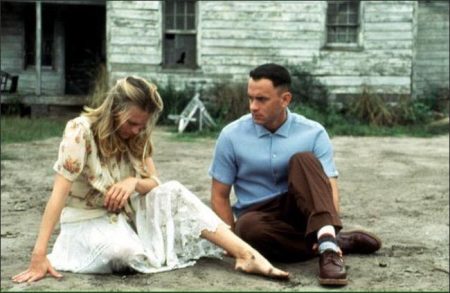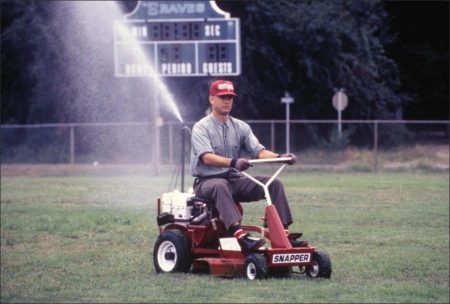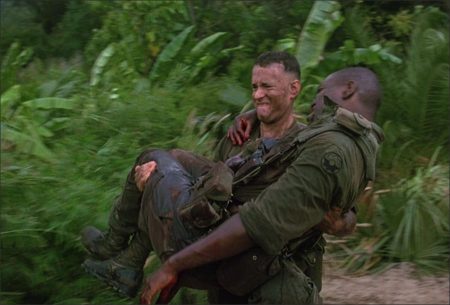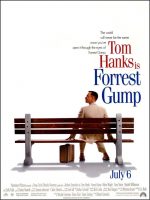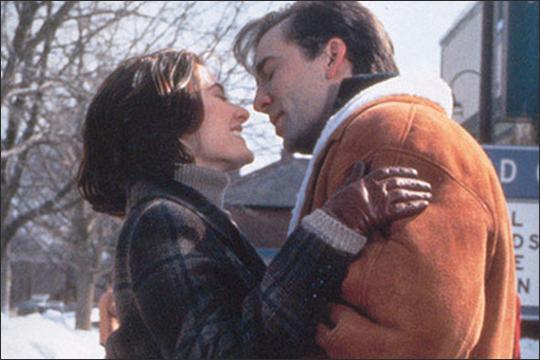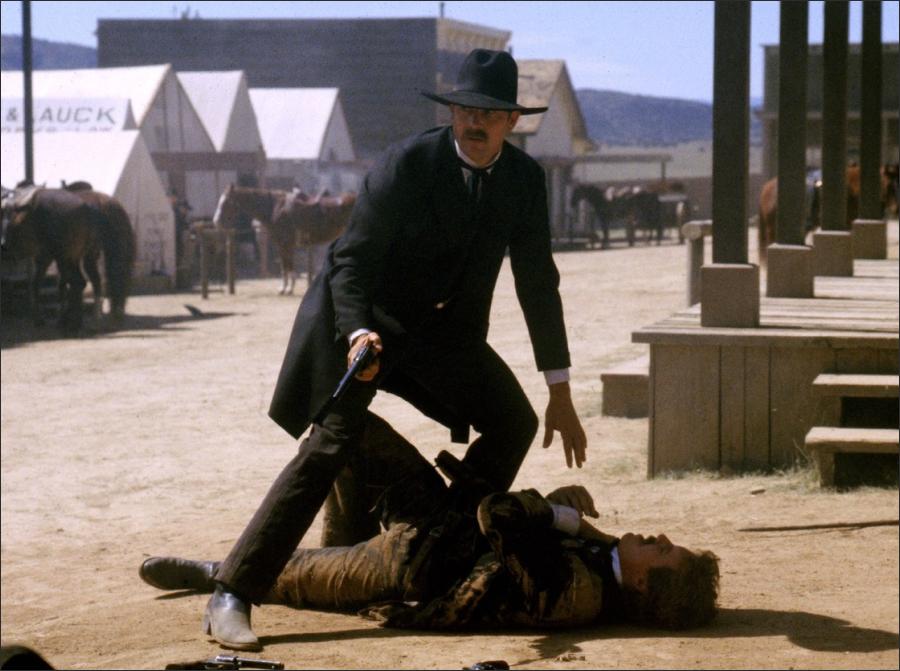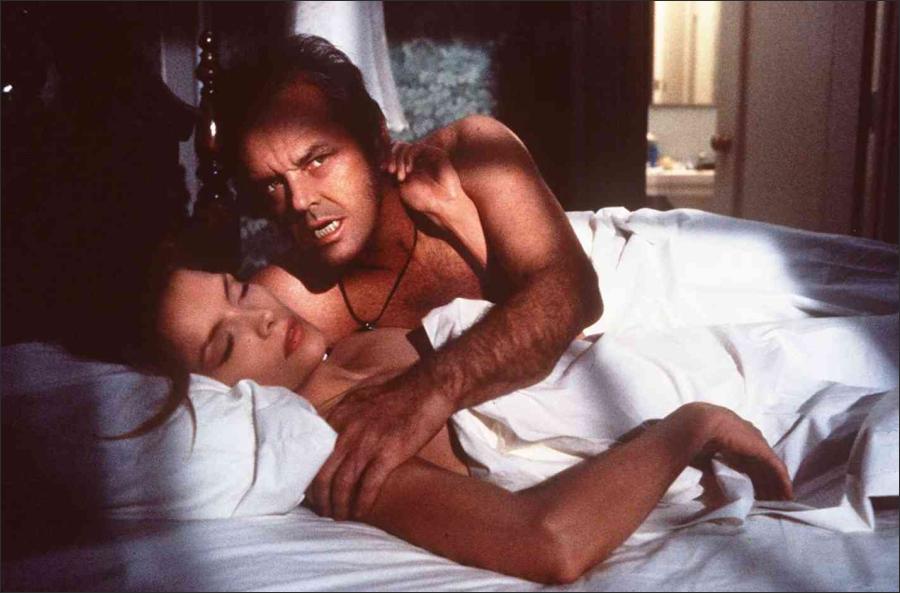Forrest Gump Movie Trailer. Appearances can be deceiving. Sitting on a beach in Savannah, Ga., wearing a rumpled khaki suit and caring a small, battered suitcase, Forrest Gump (Tom Hanks) looks like a gentle fool. He is, in fact, a former college football star, a decorated hero of the Vietnam War, a key player (if only of Ping-Pong) in the opening of China to the West, a millionaire businessman, a New Age guru and a confidant of three Presidents (not to mention Elvis Presley).
And “Forrest Gump,” the magnificent new film that Robert Zemeckis has made from Eric Roth’s screenplay and Winston Groom’s novel, is deceptive, too. What looks at first like a bright, bouncy and sentimental trip through the baby-boom era (the film moves from 1943 to 1983) turns out, on closer inspection, to be a dark and driven work, haunted by violence, cruelty and a sense of the tragically absurd.
“Forrest Gump” often manages to present both of these poles of feeling within a single scene, sometimes within a single shot – proof of a rare complexity of vision and a rare grasp of form. Where most American movies of the ’90s strike a single note over and over, “Forrest Gump” is a symphony.
With Hanks’ graceful and creative performance at the center (his first role since his Oscar for “Philadelphia”), Zemeckis combines a mastery of wide-screen composition, camera movement and long-term patterns of theme and image to create an original and deeply moving experience. The sweetly sentimental and the unbearable grotesque exist side by side, with little to mediate between them.
In the tradition of Alfred Hitchcock, John Ford and other great film makers of old Hollywood, Zemeckis is both a superb, commercially successful entertainer and an artist with a distinctive world view. From his early “Used Cars” (1980) through his string of hits – “Romancing the Stone” (1984), “Back to the Future” (1985) and “Who Framed Roger Rabbit” (1988) – Zemeckis has elaborated an idea of America that embraces both rampant vulgarity and transcendent beauty, the most crass materialism and the loftiest idealism.
The grim undertones of “Roger Rabbit” – with its vision of a Toontown pogrom – and the 1992 black comedy “Death Becomes Her” surface in “Forrest Gump” through the figure of Forrest’s life-long, unrequited love, Jenny (Robin Wright, in a performance one wishes were a bit warmer). Where Forrest, with his irrepressible optimism and IQ of 75, allows himself to drift through life (the opening shot compares him to a feather caught on the wind), Jenny’s destiny has been brutally determined from the start by her alcoholic, abusive father. Forrest is naturally free (his one gift is speed as a runner); Jenny is permanently trapped.
Packed off to Vietnam, Forrest experiences his own dark hour, in the company of his best friend, a black recruit as slow-thinking as he is (Mykelti Williamson), and an embittered lieutenant (a very powerful Gary Sinise) who later becomes Gump’s unofficial ward. Placed at the center of the film, as if all of the other events point to or radiate from them, the Vietnam sequences are as horrifying as anything in “Platoon” and even more skillfully filmed.
But Vietnam is not the only truth of Zemeckis’ America. The movie is bracketed by scenes set in the idyllic, imaginary small town of Greenbow, Ala., site of the boardinghouse where Forrest grows up (he is played as a boy by Michael Humphreys, and his mother by Sally Field) and to which he returns for the film’s autumnal ending.
These final passages find Zemeckis harvesting the themes and images he has carefully planted; the effect is quietly devastating, deftly underplayed. There’s a delicacy here that the big broad Zemeckis has never attempted before – a great film maker, he keeps getting better.
Forrest Gump (1994)
Directed by: Robert Zemeckis
Starring: Tom Hanks, Robin Wright, Gary Sinise, Sally Field, Rebecca Williams, Margo Moorer, Bob Penny, Peter Dobson, Siobhan Fallon Hogan, Christine Seabrook
Screenplay by: Eric Roth
Production Design by: Rick Carter
Cinematography by: Don Burgess
Film Editing by: Arthur Schmidt
Costume Design by: Joanna Johnston
Set Decoration by: Nancy Haigh
Art Direction by: Leslie McDonald, William James Teegarden
Music by: Alan Silvestri
MPAA Rating: PG-13 for drug content, some sensuality and war violence.
Distributed by: Paramount Pictures
Release Date: July 6, 1994
Views: 488
